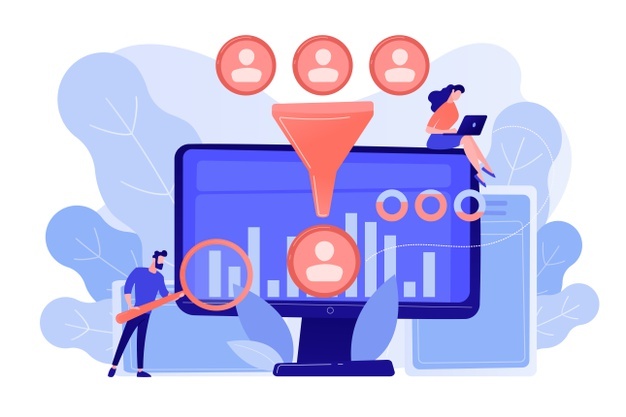
When managing a product, you are going to be optimizing the user experience a lot. You job is to amplify the usage metric, get your product into the community headspace and get your company into the billion dollar club. You need to track each user interaction and have the required data to make your decisions. Analyzing user funnels will help you better your product.
Let’s take a look at some of the user conversion funnels to get started.
User Onboarding Funnel
This usually entails how users register on your app / website and how they login. As with all funnels, keep the steps between the user funnel entry and the conversion goal as short as possible. Use features like autofill and auto OTP read to help the user wherever possible.
User Retention Funnel
You can usually track D0, D1, D7, D30 and work your way from D1 to D30. If your D1 is less than 50 – 60% (can be more for SAAS), it usually is due to a terrible user onboarding experience or due to the user not being able to figure out how to do what they want to do in your app. If your D1 is high enough but D7 is less than 20%, you have a problem with keeping users coming back to your app and you can probably send them messages / offers to come back or take a customer survey and add features in your app that users feel that they would like but are missing currently. D30 less than 5% is a problem and here too, a customer survey might be a good way to figure out how to add value to your app so that your customers would want to come back to it. D1 retention does roll over into D7 and D30 so it’s best that you work on those first.
User retention funnels will vary depending on the type of product and the product function. You need to track your user funnel entry as the page after login while the conversion goal can either be to do an activity ‘x’ number of times each day e.g. playing 3 songs every day in a music app. In the music app example, you need to analyze all steps between loading the main page, listing the songs / genre, clicking on a particular song / genre to read the info / description and playing the song and reduce friction wherever possible for a smoother user retention funnel conversion.
User Monetization Funnel
Depending on your business model (ad based, in-app purchases, payment gateway deposits), your users would want to spend their money to either get more features (pay for cloud storage) or to reduce existing features (pay to remove ads). Here, the entry points for your funnel can be multiple and you can consider them as seperate funnels to make working and quantifying their optimizations easier. One potential entry point can be the first page shown after login, another can be when the user would want something that they would be willing to pay for, yet another can be ‘hey your existing subscription is expiring in 5 days’. The conversion goal is of course to increase user deposits a.k.a the coveted ARPU (Average Revenue Per User) OR ARPPU (Average Revenue Per Paying User), however you want to measure it that helps your own goals.
In case of third party SDK integrations (ad networks, store purchases or payment gateways), be very sure that your system is robust. It is the user’s money and trust, both of which you cannot afford to lose. Plan to give your users a terrific product experience and your users will pay for the value that your provide.
Leave a Reply